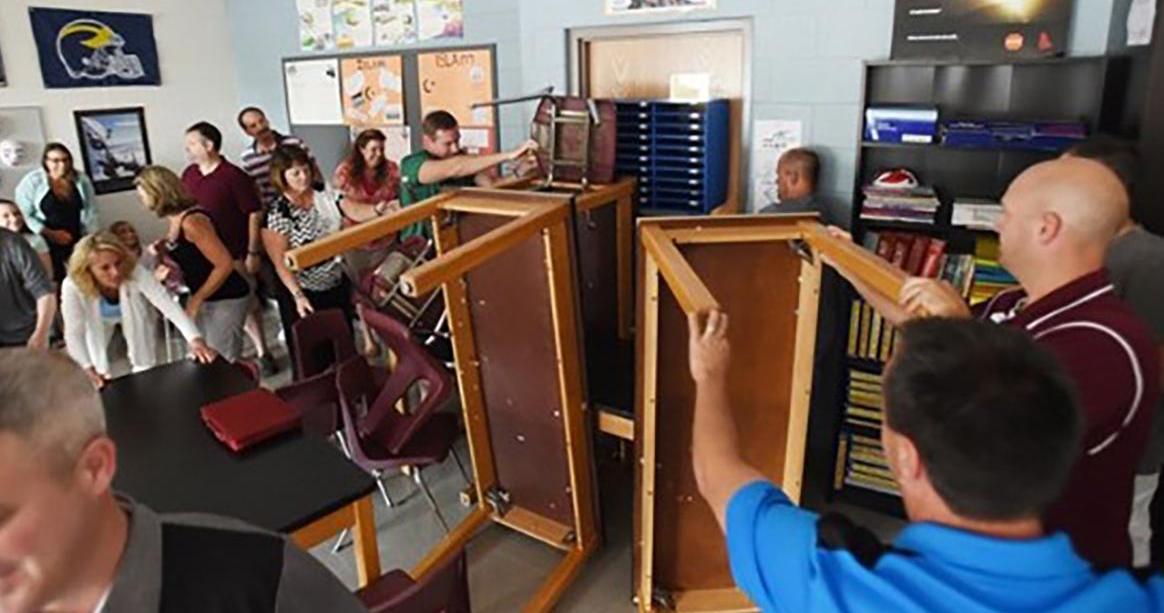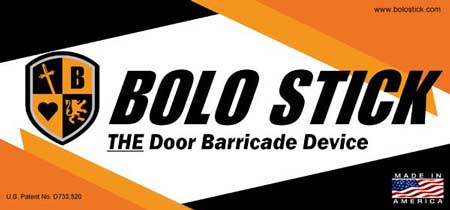In the year 2000, there was a single active shooter incident which yielded 7 casualties. In 2010, there were 26 active shooter incidents that netted 86 casualties. In 2017, there were 30 active shooter incidents that presented 729 casualties. Educational facilities were the second most frequent location for active shooter incidents . Clearly, the time had come to take proactive measures in an effort to safeguard the lives of students and staff at our schools. Security measures were increased, the discussions of arming teachers began, and safety drills became a mainstay of the educational landscape.
Ohio Mandated School Safety Drills
School Safety Drills became mandated in Ohio in March of 2015 and required all schools to conduct no less than three School Safety Drills per school year. These drills require that students are instructed on how to rapidly evacuate the building and also how to be secured within the school building in response to the threat of an armed assailant. Ohio Revised Code 3737.73 (D) defined these drills and even added an additional caveat that they are conducted in conjunction with the appropriate law enforcement having jurisdiction. The process of creating these drills began and the critics watched closely to evaluate their value.
School Safety Drills are used to create a standardized process of rapid evacuation from a building or effectively securing in place within the school building. The repetitive use of systematic instruction is aimed to increase effectiveness to counter the effects of the loss of fine motor skills under stress. Clearly, repetition is the key to mastery. Likewise, programs such as ALICE, Avoid-Deny-Defend, and Run-Hide-Fight have gained in popularity because they provide the user with a plan of action before the critical incident occurs.
So, what’s the problem? Somewhere along the line, the critics began to wonder if these School Safety Drills were frightening students and creating anxiety. Does the need for proactive safety measures to safeguard the majority of students outweigh the possibility of affecting the few that are subject to emotional vulnerabilities? In a nutshell, that’s what it comes down to.
Active Shooter Security Best Practices
The National Association of School Psychologists (NASP) created some “best practices” guidelines for the creation of active shooter drills. They emphasize that schools must determine “to what extent they need armed assailant training and to conduct training that makes the best use of resources, maximize effectiveness, and minimize physical and psychological risks. Although this seems like a broad-stroke liability protection statement, it does have merit. Basically, utilize common sense and create drills that are age-appropriate and beneficial to the end-user. It isn’t necessary to perform scenario training with theatrical make-up, fake blood, and simulated gunshots with elementary age school children as this would be counter-productive to achieving the goal of empowerment in a stressful situation. Obviously, role-play may be better utilized at higher levels of learning where the ability to comprehend and apply training objectives is better suited. It is important to note that some training has gone past role-playing and resulted in serious injury. In fact, an Iowa based Insurance company paid out more than $250,000 in claims related to injuries sustained in active shooter training in less than two years. Bottom line, know your audience and choose a style of training that empowers the participants without jeopardizing safety.
Practice Makes Perfect.
It is essential to have a plan of action before you actually need it. Drills reinforce the steps necessary to complete the objective, in this case, it is survival. Although your odds of being a victim of a mass shooting in a school are low, they are not zero. Train to create survivors and add additional layers of safety like Bolo Stick door barricades to strengthen your security protocol.
Be aware, proactive, and safe.
Bill Barna
REFERENCES



